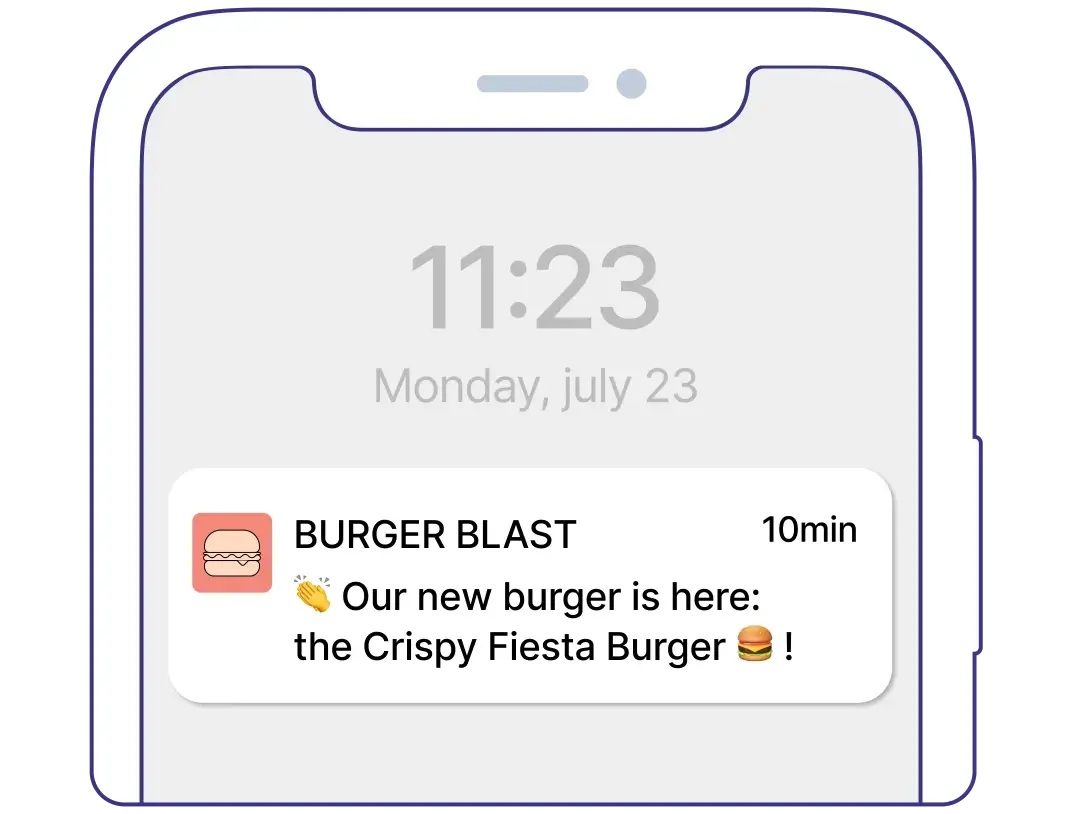MOBILE WALLET
Mejora tu estrategia de mobile marketing

Conéctate al instante
Envía notificaciones al mobile wallet de tus clientes sin descargar una app adicional.
Aumenta los ingresos
Aumenta la frecuencia de compra y el gasto medio y reduce la tasa de cancelación.
Fideliza
Con un 97%, Wallet supera las tasas de retención de las apps, creando relaciones sólidas.
¿Quieres ver Wallet en acción?
Todos se benefician de Wallet: retail, entretenimiento, ¡y más!Explora otros productos
Sales Platform
Funcionalidades principales:
- Gestión de pipeline de ventas
- Seguimiento automatizado de oportunidades
- Reuniones y grabación de llamadas
Conversations Platform
Funcionalidades principales:
- Chat
- Phone
- Inbox universal
Messaging API
Funcionalidades principales:
- API de email, SMS y WhatsApp
- Integración CMS
- Inbound parsing
